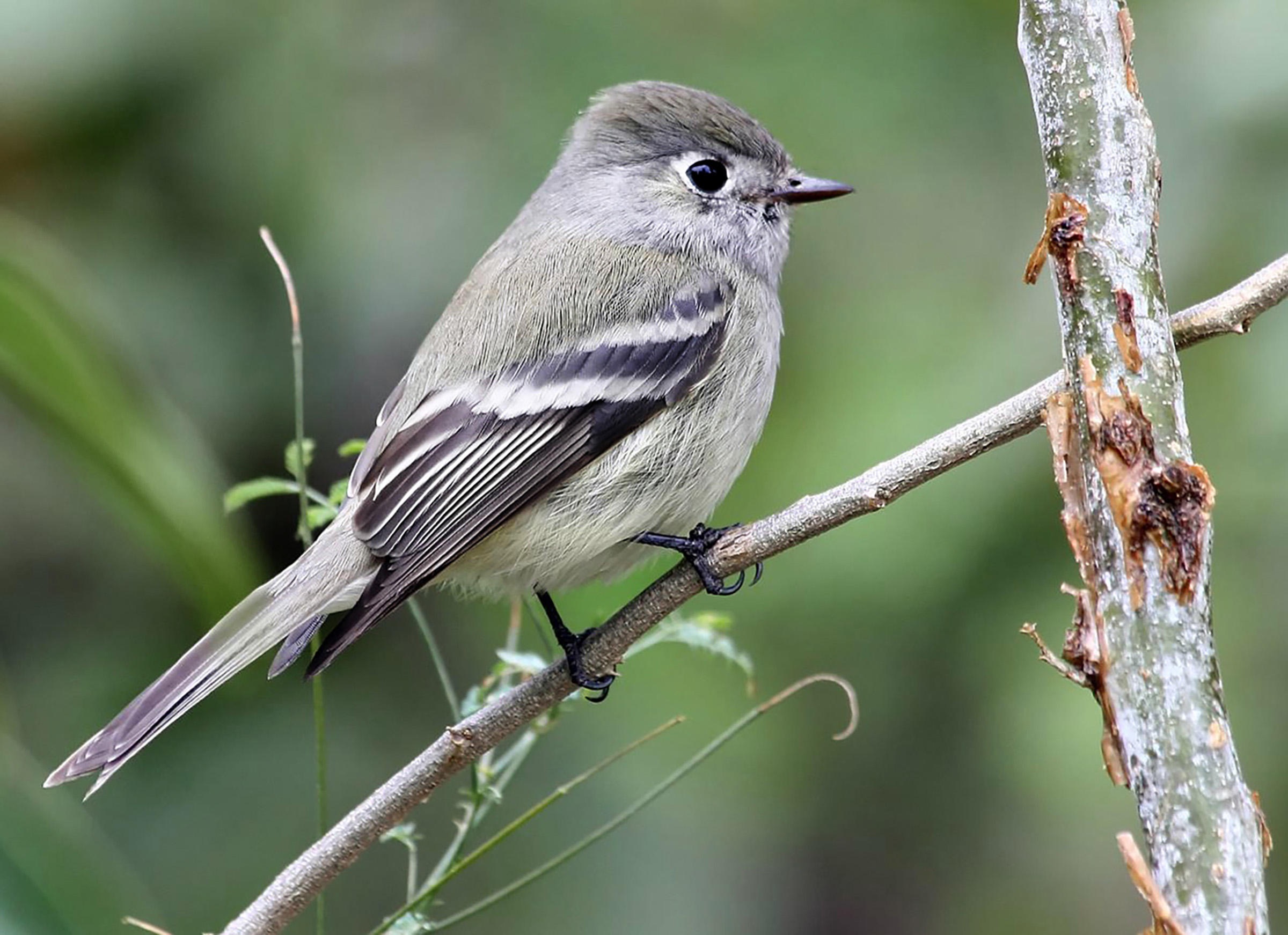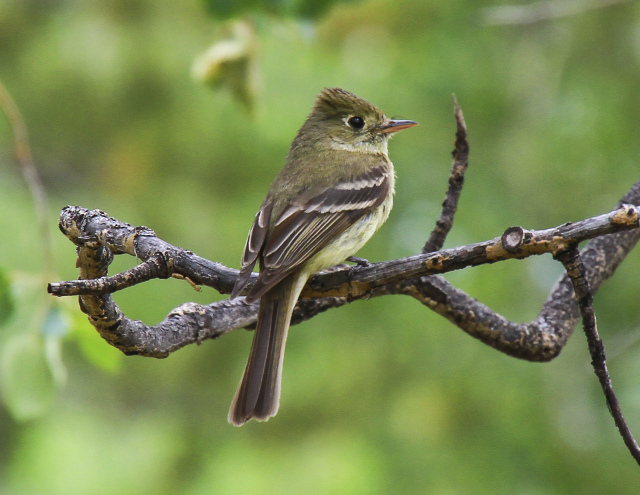Eight of us explored the relatively quiet avian world at Hudson Gardens on Saturday. It was not until we had been out for a couple of hours that we saw any Passerines (perching birds), other than Blue Jays, and we ended up with a list of only 20 species. At this time of year there is a lot of migrant movement going on, but we were not lucky enough to pick up on much of it. We did get to see one lone female American Wigeon (all photos courtesy of Bill Schmoker),

a few Cedar Waxwings, and a couple of Barn Swallows

all of which were possibly migrating through, but we can’t say for sure. They might have been around all summer. An interesting observation was how variable the male Mallards are looking with some still in complete eclipse plumage and others well on their way to regaining their brilliant breeding plumage. We saw no sign of the family of Wood Ducks that were around at Hudson Gardens for much of the summer.
We look for more exciting birding this coming Saturday, Oct 1, at the Wheat Ridge Greenbelt. I hope to see some of you then!
Good birding!
Chuck
Front Range Birding Company
20 species
Canada Goose (Branta canadensis) 12
American Wigeon (Anas americana) 1
Mallard (Anas platyrhynchos) 40
Great Blue Heron (Ardea herodias) 1
Red-tailed Hawk (Buteo jamaicensis) 1
Ring-billed Gull (Larus delawarensis) 25
Belted Kingfisher (Megaceryle alcyon) 1
Downy Woodpecker (Picoides pubescens) 2
Northern Flicker (Colaptes auratus) 7
American Kestrel (Falco sparverius) 1
Blue Jay (Cyanocitta cristata) 6
American Crow (Corvus brachyrhynchos) 2
Common Raven (Corvus corax) 1
Barn Swallow (Hirundo rustica) 2
Black-capped Chickadee (Poecile atricapillus) 3
American Robin (Turdus migratorius) 3
Cedar Waxwing (Bombycilla cedrorum) 4
Song Sparrow (Melospiza melodia) 1
House Finch (Haemorhous mexicanus) 1
American Goldfinch (Spinus tristis) 2



















